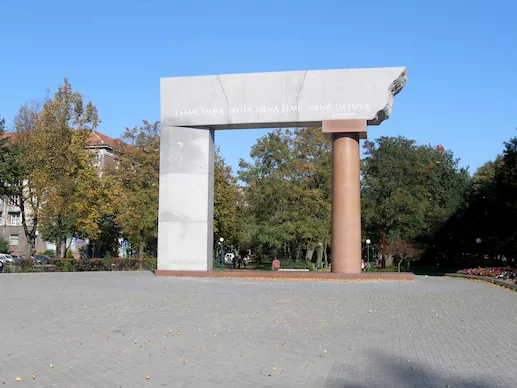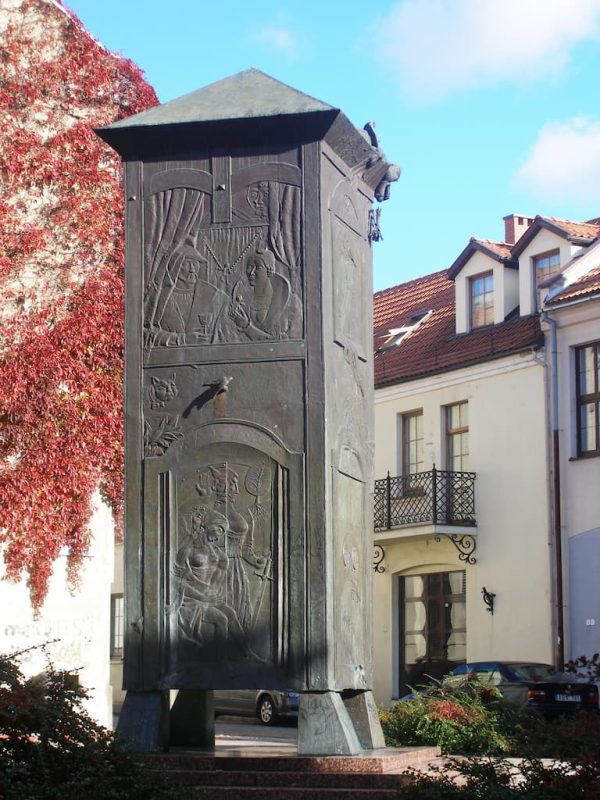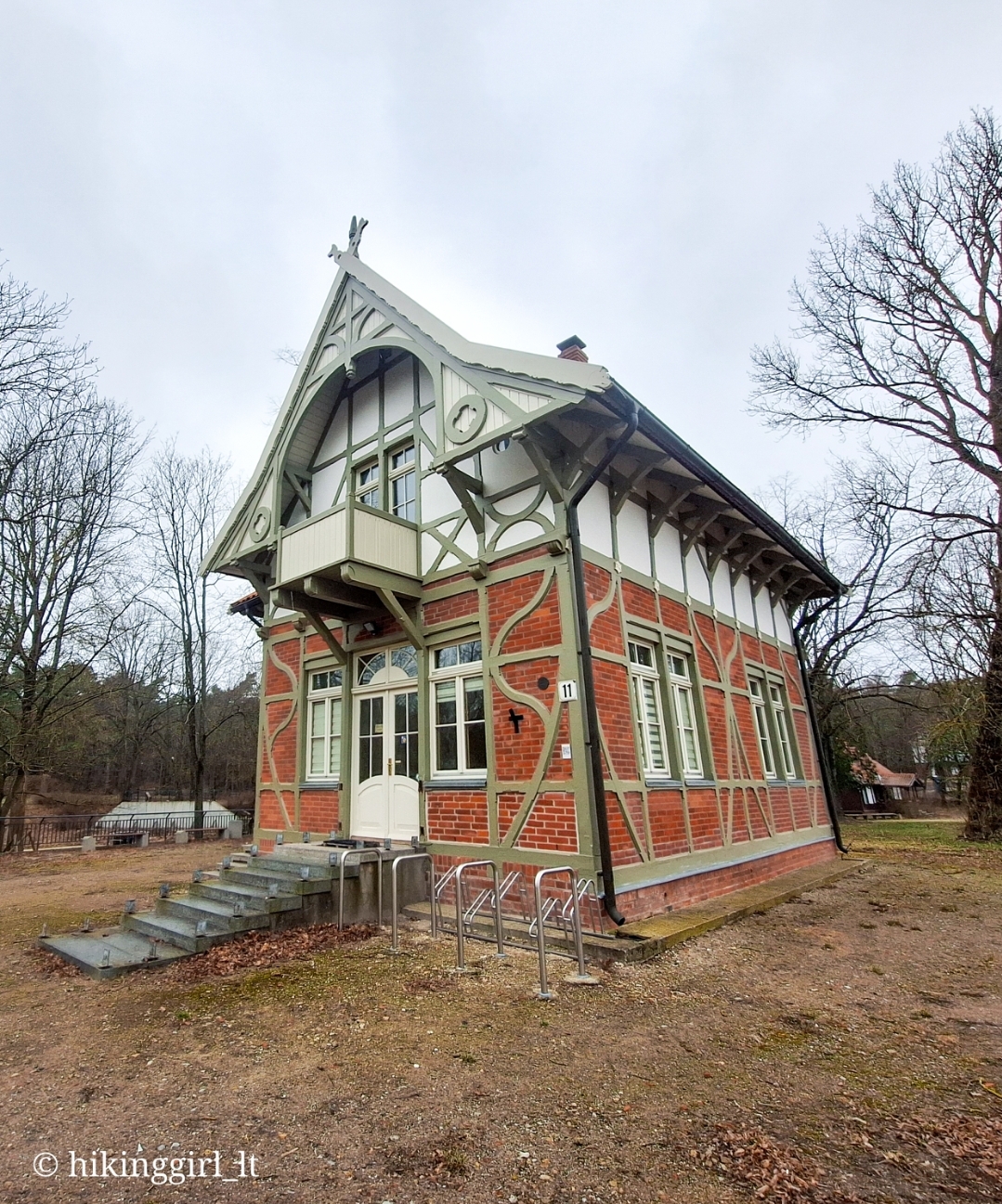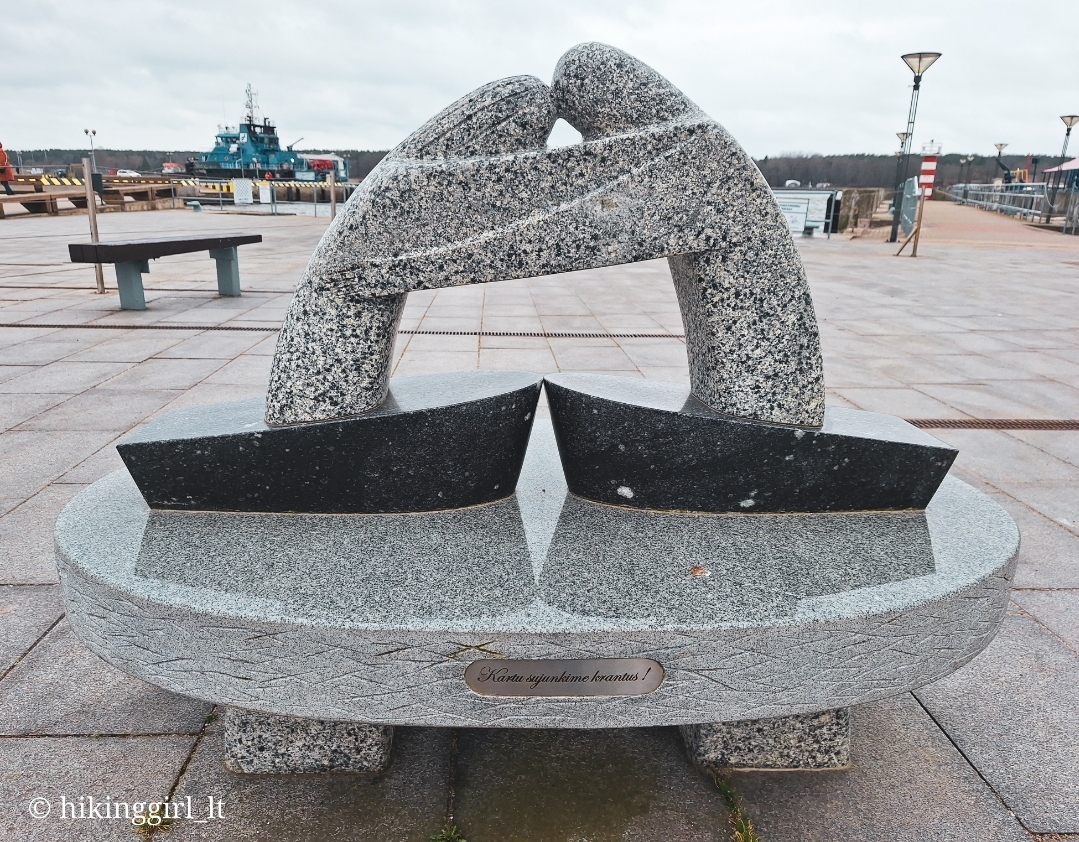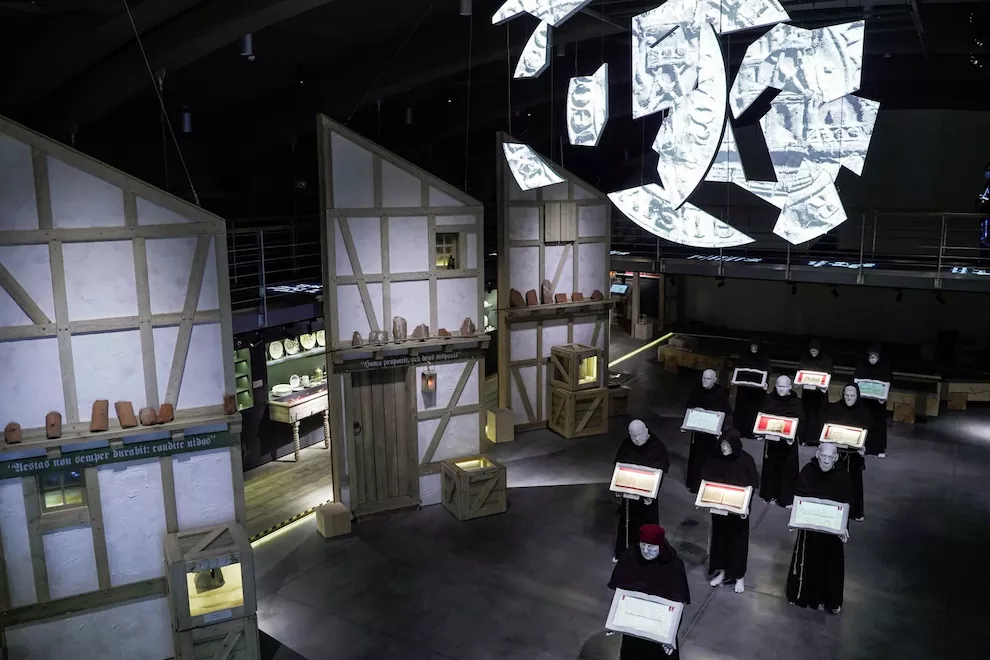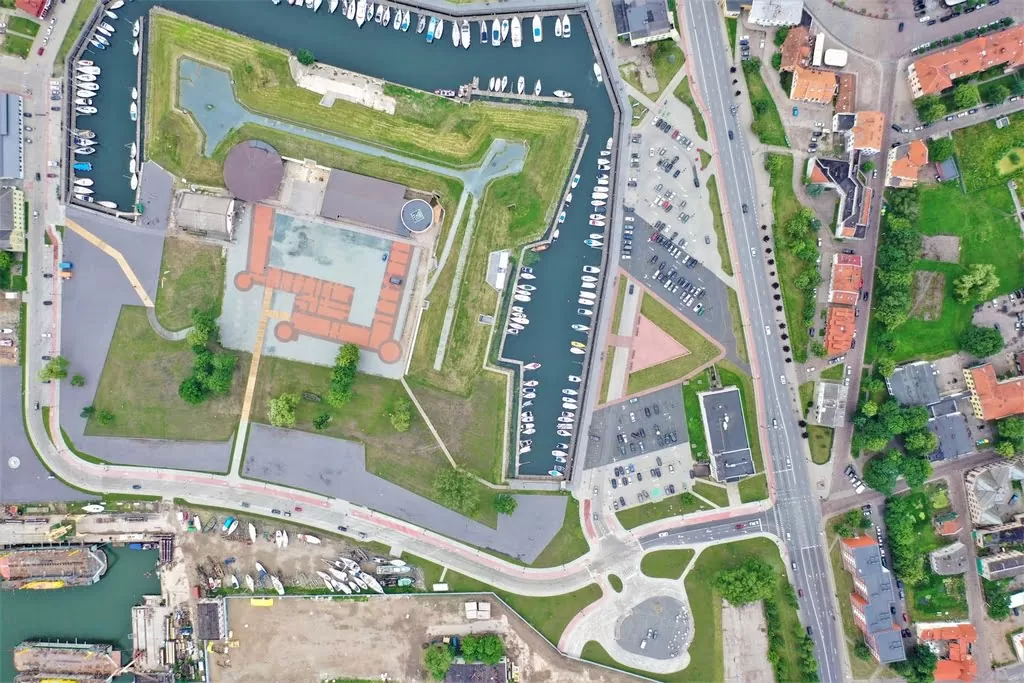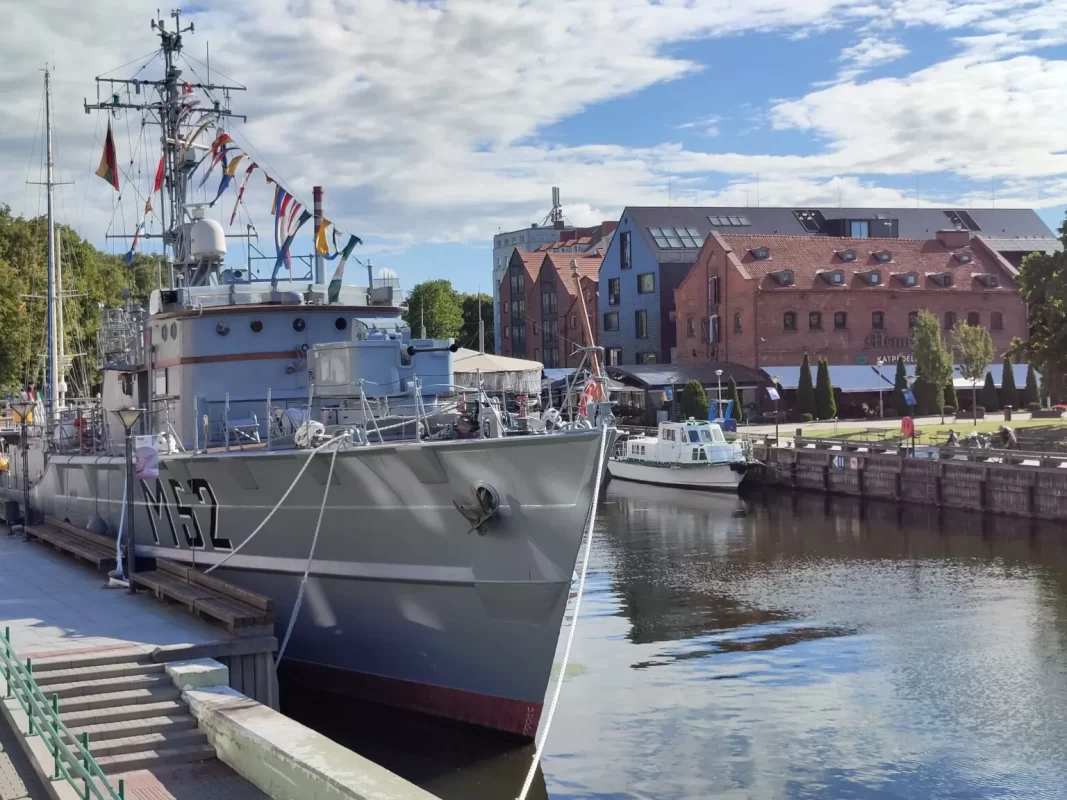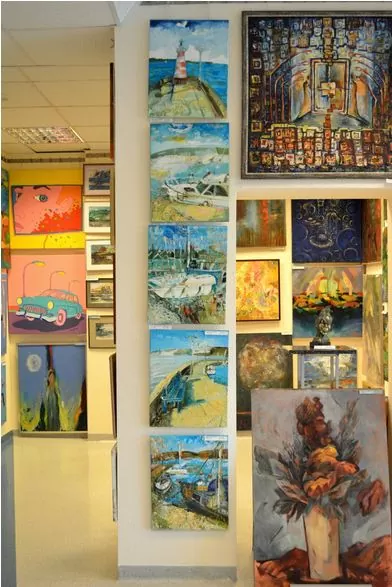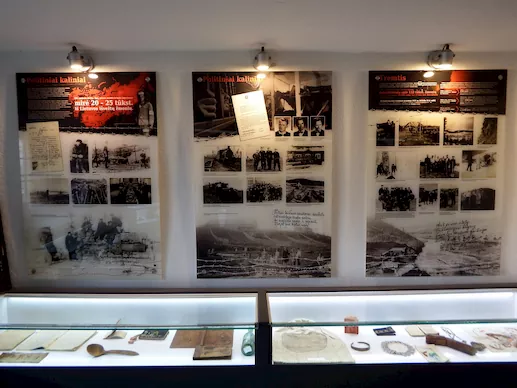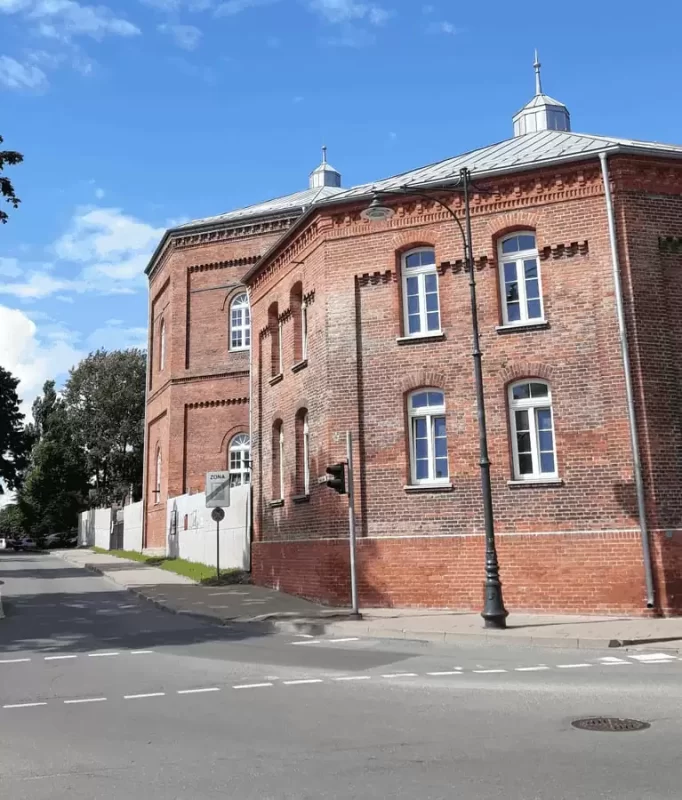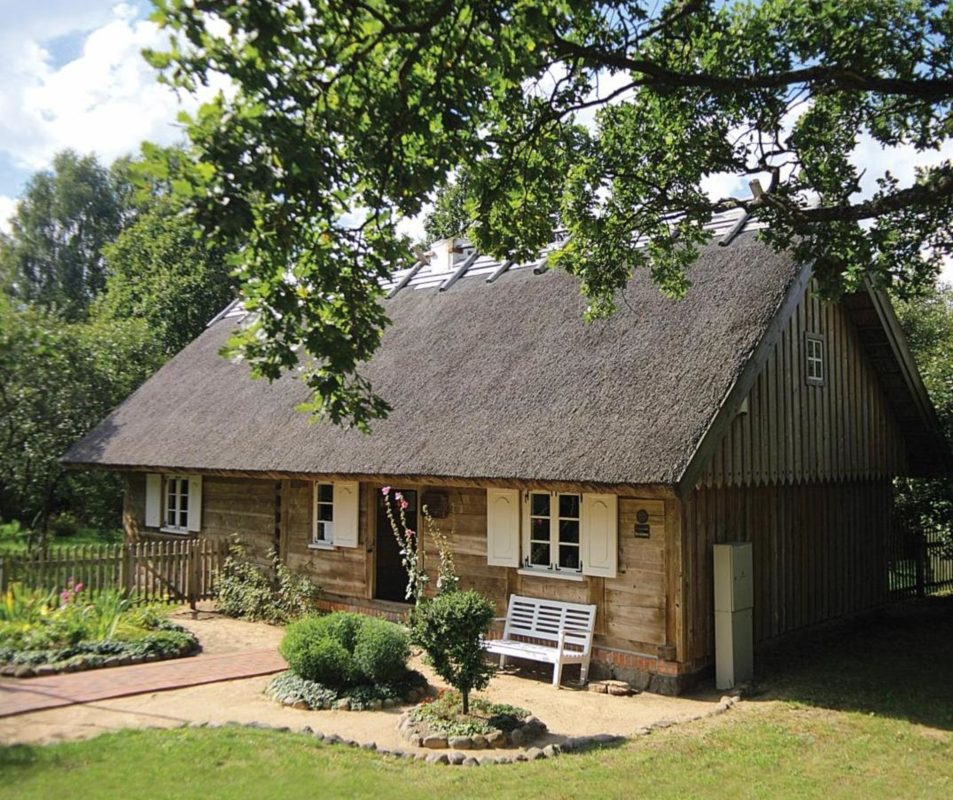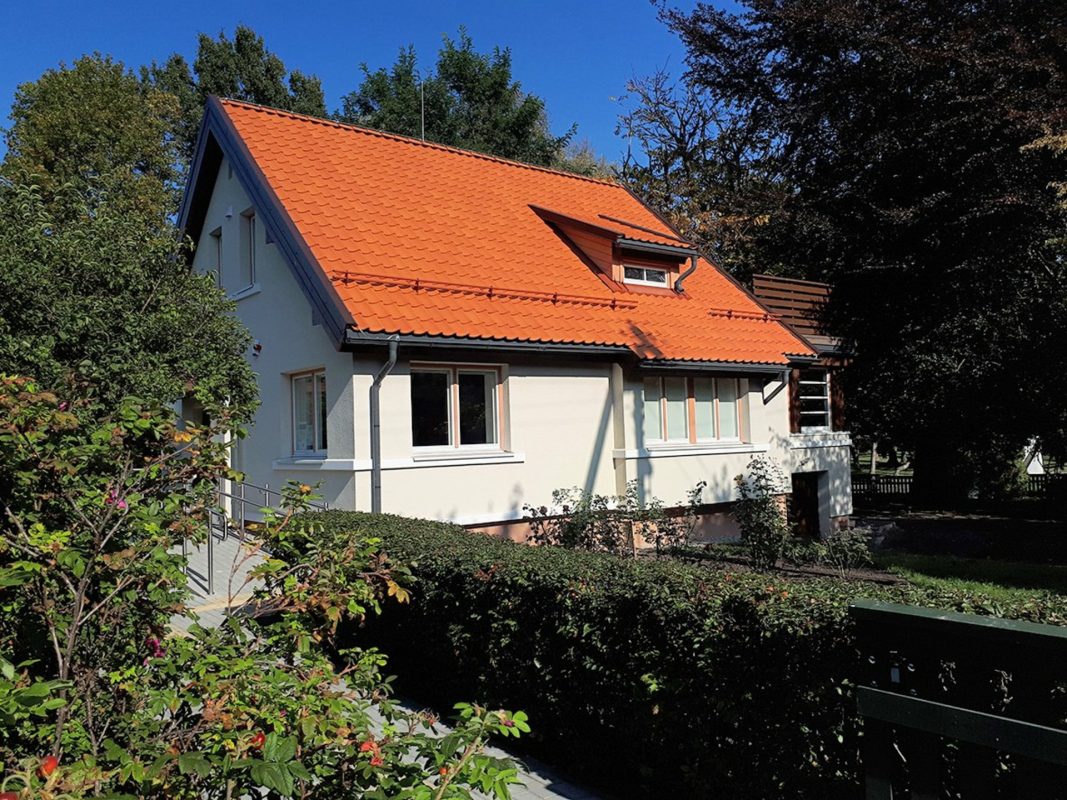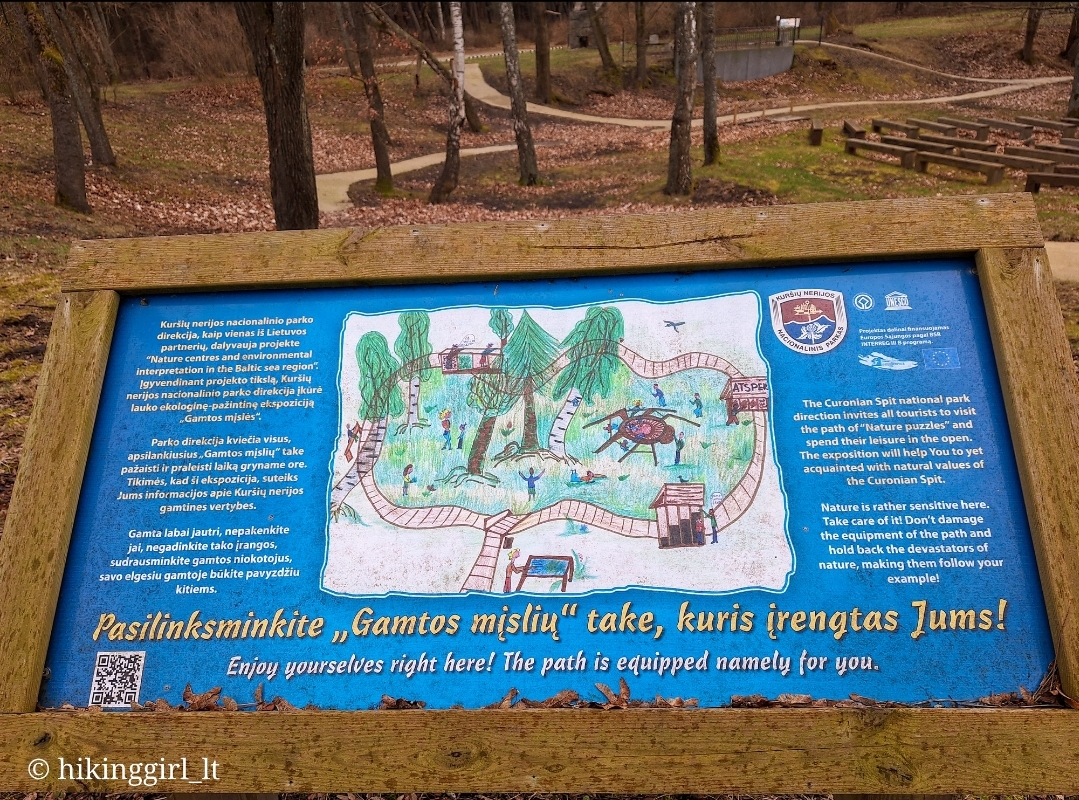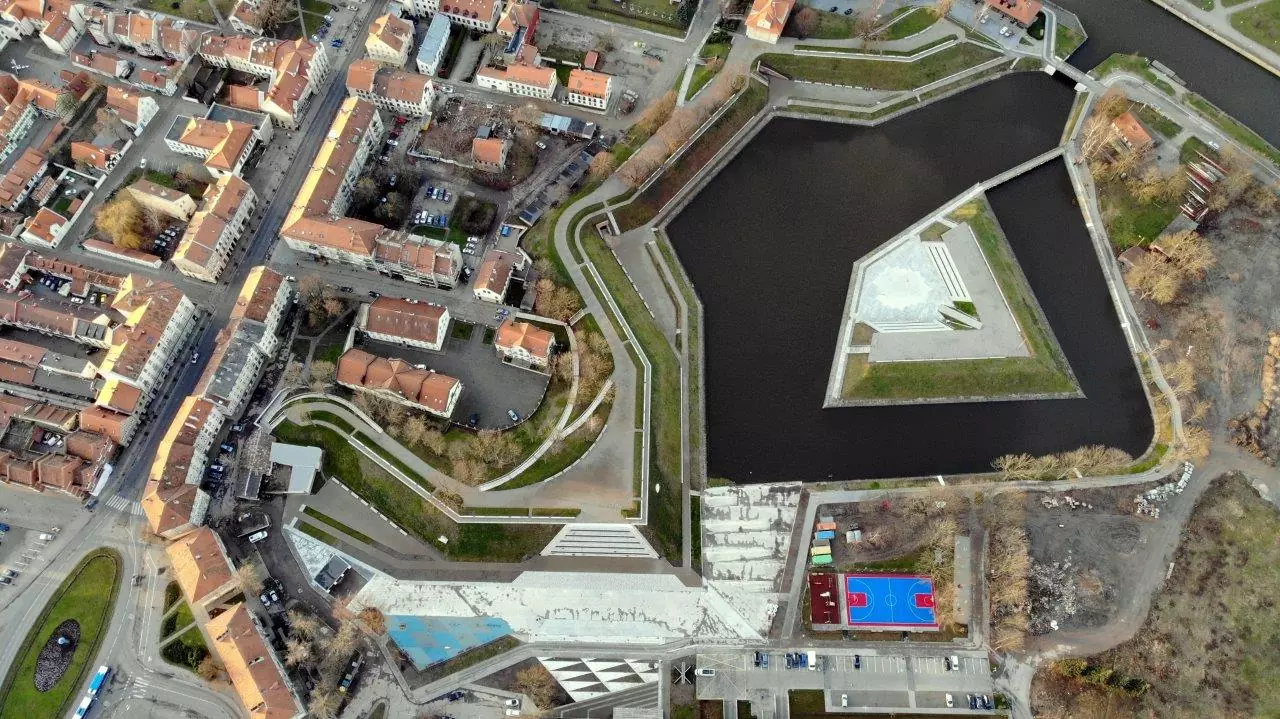Klaipėda Bastion Fortification Complex

934

3

1
5 out of 5
(2 reviews)
The Klaipėda Bastion Fortification Complex consists of three distinct areas:
- The first, commonly referred to as Jonas Hill, includes the Gelderne, Purmark bastions, the curtain wall, the old ravelin, and the fosse.
- The second area encompasses the remains of the Prussia Bastion (currently home to a health facility complex built in 1896).
- The third area includes the remains of the Mill Bastion, where a school building now stands.
Info
-

Architecture
-
Klaipėda
-
Historical sources indicate that embankments and bastions, approximately 3.5 meters high, were constructed and surrounded by ditches – fosses. Due to their size, the city’s fortifications were classified among the major royal fortresses. The construction work was completed only at the end of the 17th century and the beginning of the 18th century. Later, in the mid-18th century, the defensive ramparts were reconstructed. At that time, Klaipėda’s fortification system was complex. Since the city was surrounded by bastion fortifications from the east and south, and protected by the New Danė River from the north, entry into the city was possible only through the gates named Bridge, Kūliai (Stone), and Mill. The latter two were built under the earthen rampart.
During the 17th-18th centuries, the city endured occupations by Swedish and Russian armies. These bastion fortifications also remember the famous Russian military leader Alexander Suvorov, who served as the commandant when the Russian army occupied Klaipėda during the Seven Years' War.
In the latter half of the 18th century, the city’s fortifications lost their significance, and permission was granted to demolish the fortifications – to lease the ramparts, fill the ditches with soil, and dismantle the gates for bricks. By the 20th century, only small fragments of the complex fortification system remained. The most distinct view of the fortifications is from the bastions at the end of Turgaus
Street, historically known as Gelderne and Purmark. Opposite them, one can see the water of the defensive ditch and the only surviving ravelin. Between 1994-1997, these remnants of defensive fortifications were restored (project led by V. Šliogeris).
Today, this unique historical heritage site with its ramparts, canals, pedestrian, and cyclist paths greets visitors with a significantly renewed appearance: a lighting system has been installed, the greenery of the area has been arranged, small architectural elements have been added, a surveillance and protection system has been set up, and existing stairs, bridges near the Danė River, and the bridge leading to the island have been repaired. The banks and shorelines of the water body have been tidied, pedestrian and bicycle paths have been laid out, and a children's playground has been installed. No longer will visitors need to wait for holidays to see the fountain dances; a stationary ground fountain has been installed in the reconstructed area. The area is adapted for event organization, with lighting, seating areas, new engineering networks, and a lift and ramps for disabled access.
Today, the beloved dancing fountains are in operation:
The fountain operates from Monday to Thursday at 12:00, 12:30, 13:00, 13:30, 14:00, 14:30, 15:00, 15:30, 16:00, 16:30, 17:00, 17:30, 18:00, 18:30, 19:00, 19:30, 20:00, 20:30, 21:00, 21:30, 22:00 + musical performances on Friday to Sunday at 12:00, 15:00, and 19:00.
Found a mistake?
Report
Whats new?
Nearby attractions
Nearest museums
Nearest entertainment

 Entertainment
Entertainment
 Food establishments
Food establishments





























 55.709687, 21.13975
55.709687, 21.13975
 Get directions
Get directions








